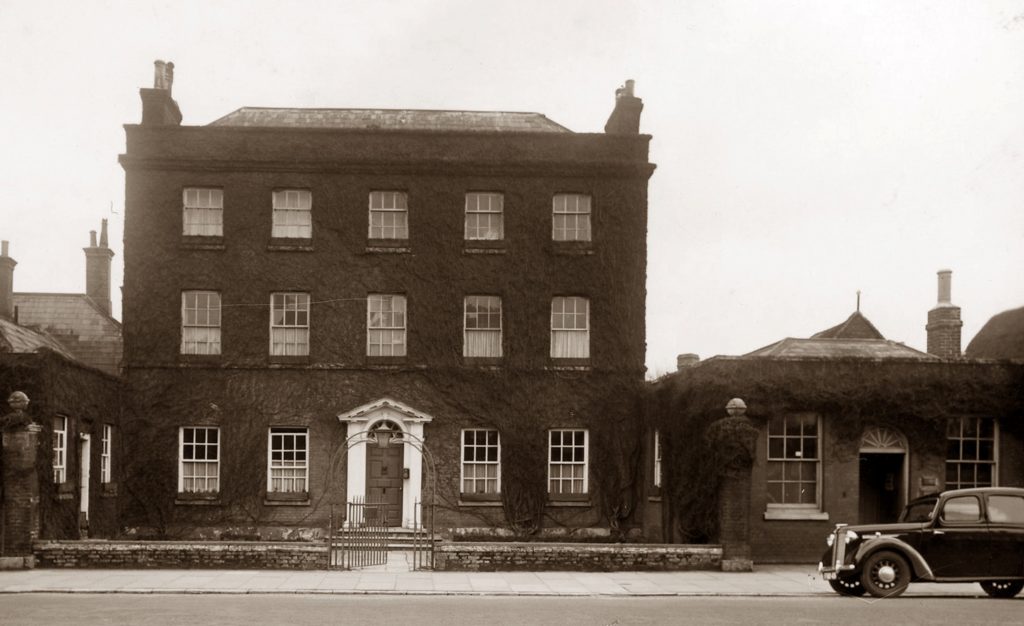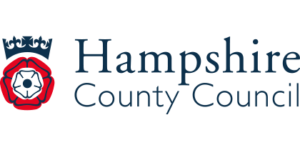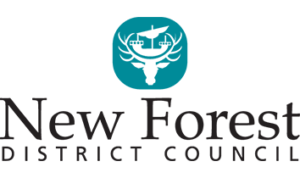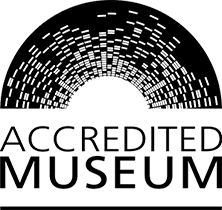
48 High Street
Bellevue House was built in 1765 as a town house for the Burrards of Walhampton and is a fine example of a Georgian private house. Banker Charles St Barbe (1776-1849) lived here from 1828 and the house remained with the St Barbe family until 1854. St Barbe Bank continued in business at Nos 66 and 67 until it united with the Capital and Counties Bank in 1896. That bank was taken over by Lloyds in 1918.
From about 1860 Frances and Harriet Noake ran a private boarding school at Bellevue where they taught music, French and drawing. They first established their school in Gosport Street in 1837, moving to Nos 39 and 40 around 1859. In the 1860s they moved to this building and by 1871 had 34 pupils and employed five governesses, as well as their niece Fanny Banks who later became a partner in the business. The school closed in 1886, shortly after the death of Frances. It then became the home of Dr Kay before being purchased by Moore & Blatch.
In 1797 John King (1768-1836) established himself as a lawyer at his home Brackens in Captains Row. After 34 years practising alone, he went into partnership with Edward Horatio Moore (1801-89), forming King and Moore. Following King’s death, Moore went into partnership with Francis St Barbe in 1837, forming Moore and St Barbe. Over the years there have been many changes of partners and names, with Moore remaining the constant. Moore & Blatch moved into Bellevue House in the 1950s and are now known as Moore Barlow. The small building to the right houses Rathbones.
St Barbe Bank
In 1765 the mother of Lymington’s first Charles St Barbe (1750-1826) paid £48 for him to be apprenticed to John Moxham, a local grocer and mercer. The apprenticeship lasted seven years, after which Charles set up a successful business was soon making loans to townspeople. This led to him establishing Lymington’s first bank in 1788. Charles was also interested in salt making and by 1784 was a major saltern owner. In the following years, with increasing duty on salt and the coal needed to produce it, the Lymington industry began to decline. Many salterns came into his possession as the situation grew worse and owners were forced to ask for mortgages on them.
The second Charles St Barbe (1776-1849) moved into Bellevue House in 1828, where he lived with his family and from where he ran his bank. He was Mayor of Lymington five times between 1832 and 1848. After Charles’s death the bank was run by his son George Foster St Barbe, who was a director of the Lymington Railway Company and mayor twice in the 1860s.









